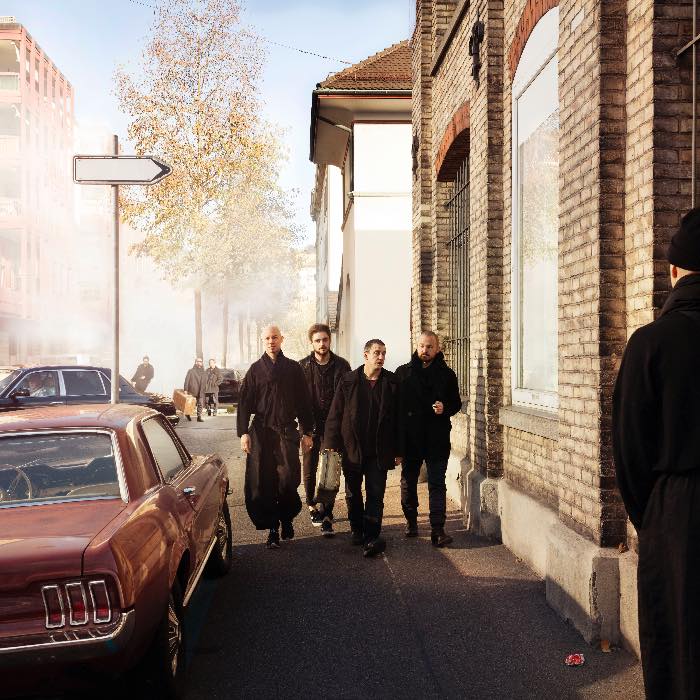
Music has always been the key to open the doors of trance – electro-acid, shamanic, mystical or pagan trance – through repetitive musical patterns, hallucinatory spirals, infinite geometrical fractals, whirling dervishes of sound.
Contemporary experimental music has explored these territories, flirting with the limits of what can be listened to, like the minimalist postmodern current that includes researcher-composers like Terry Riley, Steve Reich, Philip Glass, but also John Cage and Morton Feldman.
Is it because of its mechanical, precision-timepiece nature that this music was a revelation for a young pianist from Switzerland, Nik Bärtsch?
Whatever the reason, the quest for trance and Zen in music became the focus of his artistic approach.
While continuing his studies in musicology, philosophy and language, he acquired a very modern and expressive musical language, playing with a variety of ensembles ranging from experimental jazz to progressive pop.
Nik Bärtsch was firmly rooted in modernity when he created the quartet Mobile in 1997, and set out to blend the mystical Zen of repetitive music with post-minimalist modern Jazz.
Concerts by Mobile are similar to shamanic musical rituals, several hours of developing repetitive “modules”, progressive sound architectures, polyrhythmic intermingling, for example accompanying the transition from day to night with a four-hour concert that offers a ritual and mystical experience. But also demanding a high level of listening capacity….
Nik Bärtsch was firmly rooted in modernity when he created the quartet Mobile in 1997, and set out to blend the mystical Zen of repetitive music with post-minimalist modern Jazz.
Concerts by Mobile are similar to shamanic musical rituals, several hours of developing repetitive “modules”, progressive sound architectures, polyrhythmic intermingling, for example accompanying the transition from day to night with a four-hour concert that offers a ritual and mystical experience. But also demanding a high level of listening capacity….
And so it was to make this music more accessible that Nik Bärtsch founded Ronin in 2001, with the idea of playing even in clubs (he co-founded the club Exile in Zurich), by infusing the Zen music with the energy and groove of funk. A sort of improbable encounter between Steve Reich, Arvo Pärt and James Brown.
This is music that really takes on its full dimension when it’s performed live. To the point that in 2011Ronin was ranked by the Wall Street Journal one of the six best live performances, in the company of Björk, Radiohead, Patti Smith, Feist and Anna Calvi, no less.
Ronin transports its audience on a journey of colors, both impressionist and geometrical, consisting of pattern overlays (modules), strings of minimalist rhythms, powerful thunderstorms (Kaspar Rast on drums, Nicolas Stocker on percussion) , heart-rending melodic enchantment (Sha on bass clarinet and sax), all balanced on the canvas by Bärtsch’s pointillist piano. Once we get to the other side, at the end of the performance, we are left stunned, dazzled by dreams, with a sensory afterglow we want to hang on to.

Their latest CD, Continuum (Mobile), will take off on March 17. They’ll also be stopping over in Paris, at the Saint-Germain-des-Prés Jazz Festival on May 21, 2016. I wouldn’t miss this opportunity to take another ride with them and their Swiss Zen groove.
Continuum is :
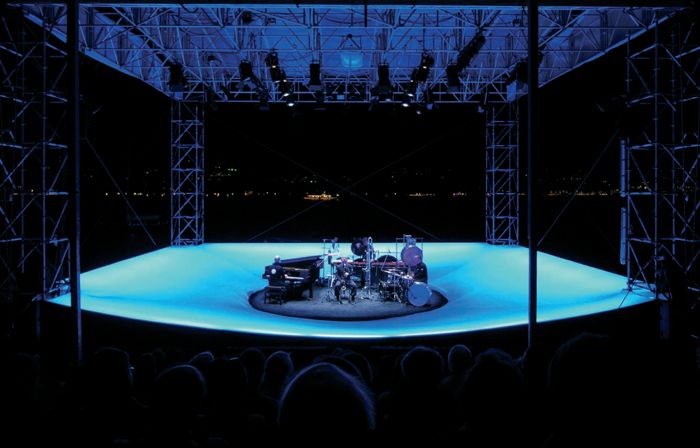


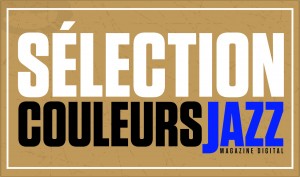


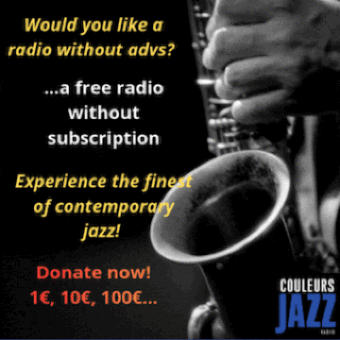
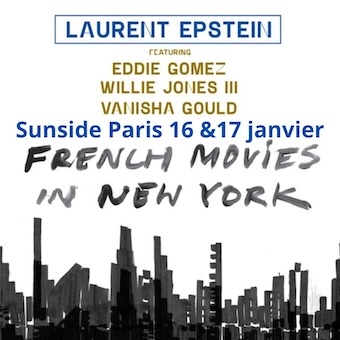
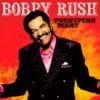
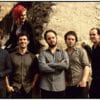
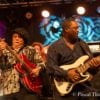
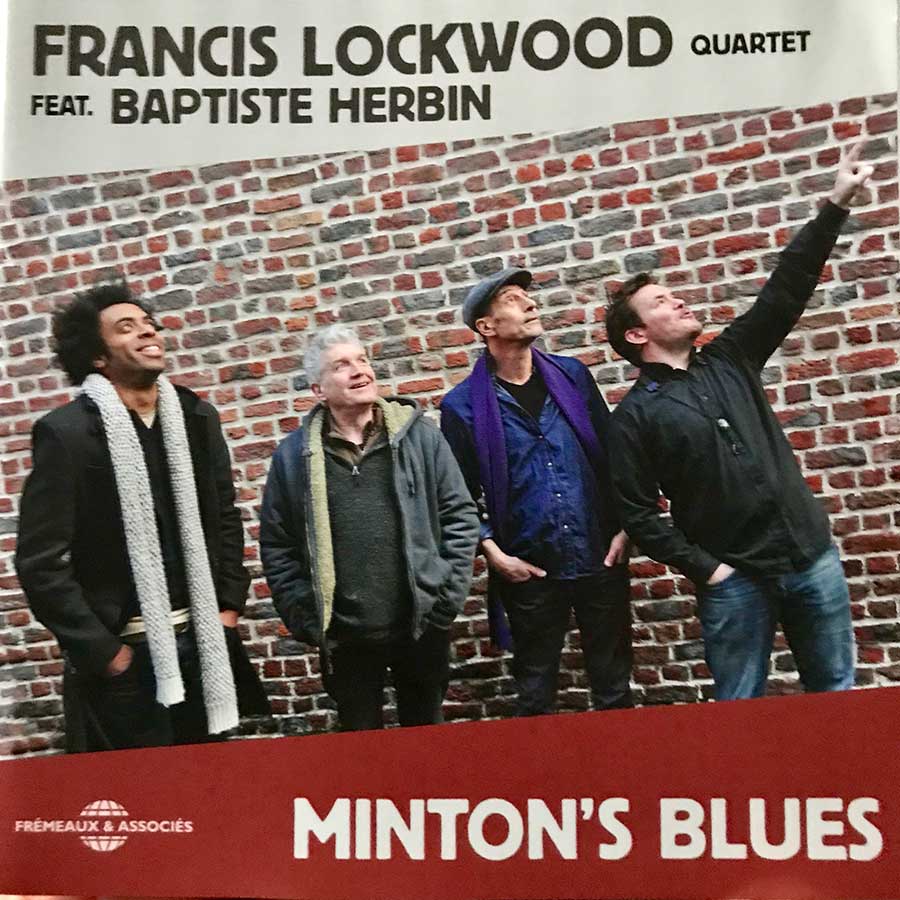

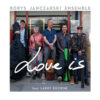


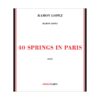


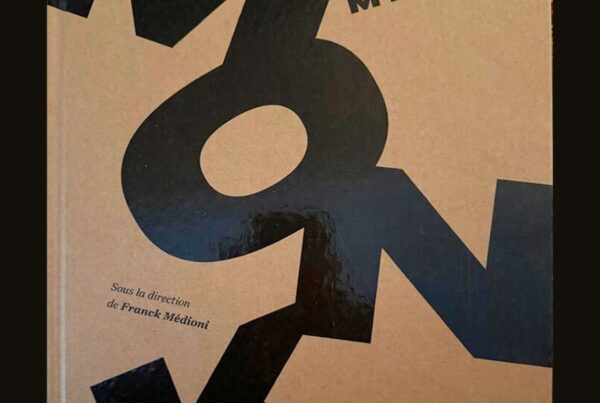
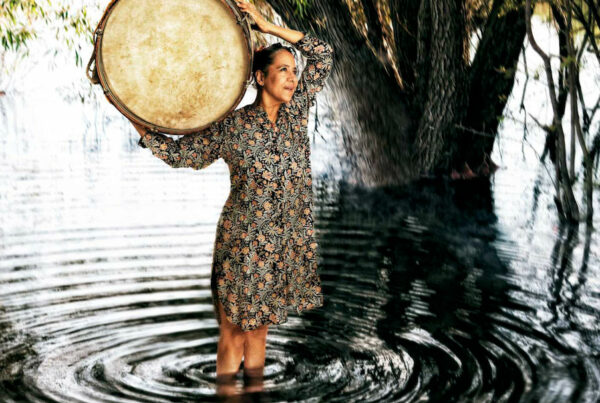


RECENT COMMENTS